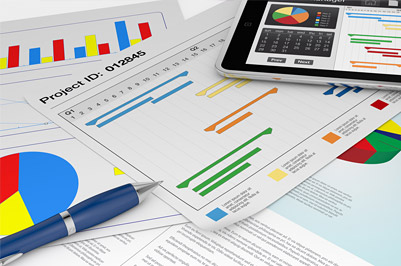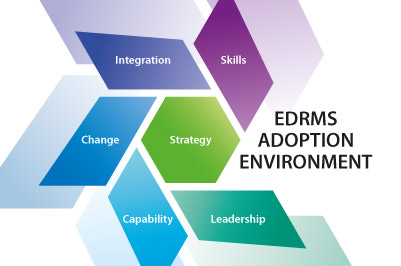
Deliver the right customer service
You think you have great (or at the very least, good) customer service… But do you really? Is it possible that you are delivering brilliant service across the parts of your business that your customers don’t care about? Are you over-servicing and undercharging? Maybe you are doing it the other way around?
Moments of Truth
To understand what to concentrate your service efforts on, you need to map your business’s ‘moments of truth’. There are usually between twenty to thirty moments of truth in any business.
A ‘moment of truth’ is a point of interaction where a customer can form a lasting perception of your quality of service. You can gather data on your moments of truth by talking to customers, conducting surveys, through feedback forms and, of course, by asking your staff.
The Fair Value Line
When you understand where your customers’ perceived value (both negative and positive) lies in their interactions with you, you can then work on improving these experiences. You don’t always have to spend a lot of money to achieve a big turnaround in perceived value.
For example, one hospitality client received feedback that people were frustrated and annoyed with long wait times for the elevator. The client couldn’t afford to replace the lifts (which were old and indeed a bit slow), so instead installed mirrors in the lift lobby. The result of the mirror installation was a huge improvement in the perception of lift wait times at a fraction of the cost of a new lift! Time flies when you’re having fun…
Customers or clients have a perception of value, based on the perceived benefits and costs of receiving your service. When perceived value equals perceived cost, you have ‘fair value’. Refer to the following fair value line diagram:
Ideally, you want to be on or above the line. Where perceived cost and perceived benefit are at their highest, you have luxury hotels like the Ritz Carlton. At the other end of the hospitality scale are backpacker providers.
Setting standards to control service levels
Standards control the level of service provided. They let people know how often to do something, or to what level they should deliver service. For example: how often to set a table, serve a table or top up drinks.
Standards also allow tailoring for customer circumstances and flexibility where required – more so than procedures. For example, a table of diners may not want their drinks topped up. so repeatedly offering to do so would be annoying. Standard drinks, on the other hand, are a non-negotiable!
Some things need to be outlined in a procedure – particularly where something must be done a certain way to ensure safety or efficiency.
Where a service is difficult to convey in a standard or procedure (for example, massage), then training is important.
How can we help you with customer service in your organisation? Contact us today to discuss your needs.













